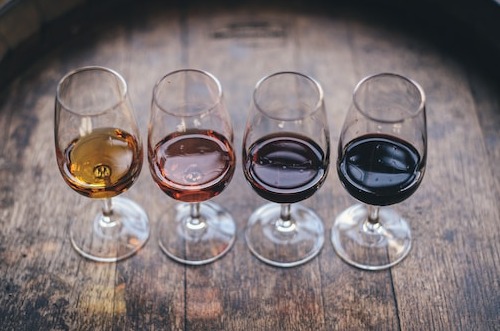W29: Wine Update

In W29 in the wine landscape, in the first half of 2023, wine production in Russia decreased by 3.55% year-on-year (YoY). Over 193 million liters were produced, comprising 139.5 million liters of still wines and 47.15 million liters of champagnes and sparkling wines. However, despite the production drop, the wine range is expanding, with more than 5 thousand wines produced in Russia during this period. In the same period, Russia's alcoholic beverage sales (excluding beer, beer drinks, cider, poiret, and mead) increased by 3.9% YoY to 1.07 billion liters. Grape wine sales increased by 4.5% to 269 million liters, liqueur wine sales surged by 2.1 times, reaching 593.7 thousand deciliters, and sparkling wines experienced a 9.1% growth, reaching 88 million liters.
Similarly, Georgia's wine exports to Russia in the first half of 2023 increased by 39.5% compared to 2022, reaching more than 29.9 thousand mt, valued at USD 81.8 million. Large alcohol importers have expressed concerns to the Russian government regarding the potential increase in import duties on wine from the current 12.5%. However, according to the executive director of the Association of Winegrowers and Winemakers of Russia, Alexei Plotnikov, wine prices are not likely to rise by more than 10% even with the increase.
Bodegas de Argentina expressed concern about the declining wine exports from the country. According to data from the National Institute of Viticulture (INV), bottled wine exports decreased by 26.8%, and bulk wine exports fell by 44.5%, resulting in a 31.7% drop in the total volume of wines shipped abroad. Additionally, in the first five months of 2023, Argentina exported 81.8 million liters of wine, reflecting a significant 29% YoY decrease compared to the same period in 2022. The decline is attributed to the lack of competitiveness due to the exchange rate and substantial cost increases in product components, with grape prices rising by 200 to 300% compared to the 2022 harvest.
According to the Champagne Committee (Comite Champagne), French champagne sales in 2023 are expected to drop by 3.7% YoY from 326 million bottles in 2022 to 314 million bottles. This decline is attributed to inflation and a return to a more normal pace after record sales during the lifting of COVID-19 restrictions in the past two years. In the first half of 2023, wine sales amounted to 125.8 million bottles, showing a 4.7% decrease compared to the same period in 2022. Exports declined by 3.7% to 77.7 million bottles, while domestic purchases saw a 6.3% YoY decrease to 48.1 million bottles.
Lastly, the extreme heat in the south of Spain and Italy-- reaching over 45 degrees – combined with dry conditions, pose a threat to grape production. Wine producers in these regions may experience damage if the heat persists, especially during the crucial harvest months of August and September. Climate change is also a concern, with a study suggesting that famous wines like Prosecco and Cabernet Sauvignon could disappear from store shelves due to soil degradation and insufficient rainfall in vineyards on mountain slopes.


